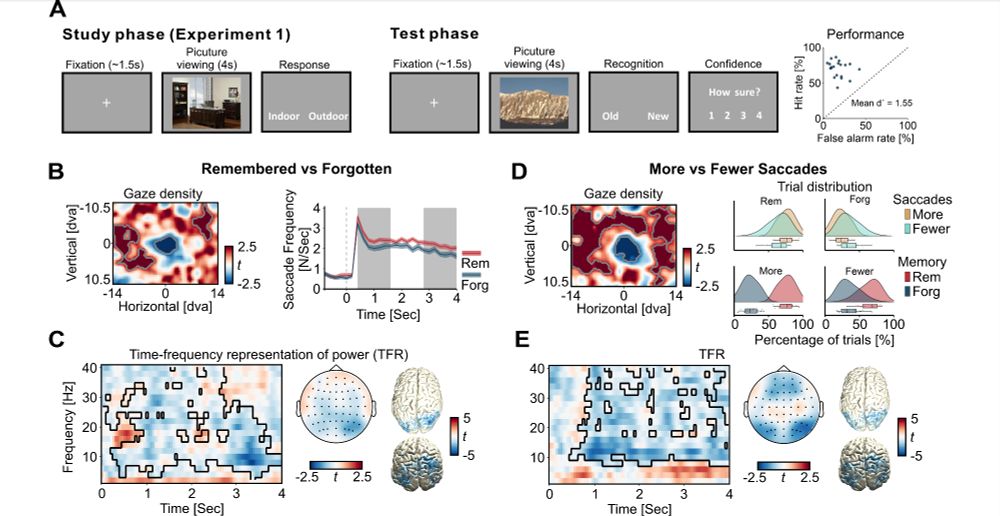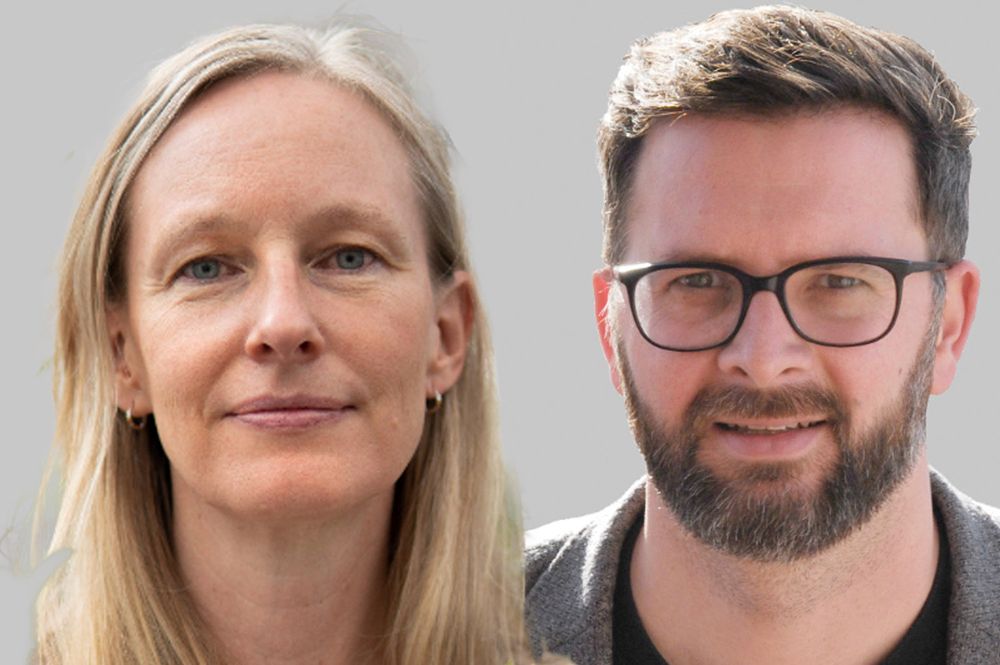Xiongbo Wu
@xiongbowu.bsky.social
71 followers
82 following
7 posts
Postdoctoral researcher in cognitive neuroscience at LMU, Munich
Posts
Media
Videos
Starter Packs
Pinned
Xiongbo Wu
@xiongbowu.bsky.social
· Jul 30
Reposted by Xiongbo Wu
Reposted by Xiongbo Wu
Reposted by Xiongbo Wu
Matthias Nau
@matthiasnau.bsky.social
· Aug 25

Neural and behavioral reinstatement jointly reflect retrieval of narrative events - Nature Communications
When people recall a movie, their eye movements and brain activity resemble those observed during the viewing. These behavioral and neural reactivations are linked through a common process, likely ref...
doi.org
Xiongbo Wu
@xiongbowu.bsky.social
· Jul 30
Xiongbo Wu
@xiongbowu.bsky.social
· Jul 30
Xiongbo Wu
@xiongbowu.bsky.social
· Jul 30
Reposted by Xiongbo Wu
Reposted by Xiongbo Wu







